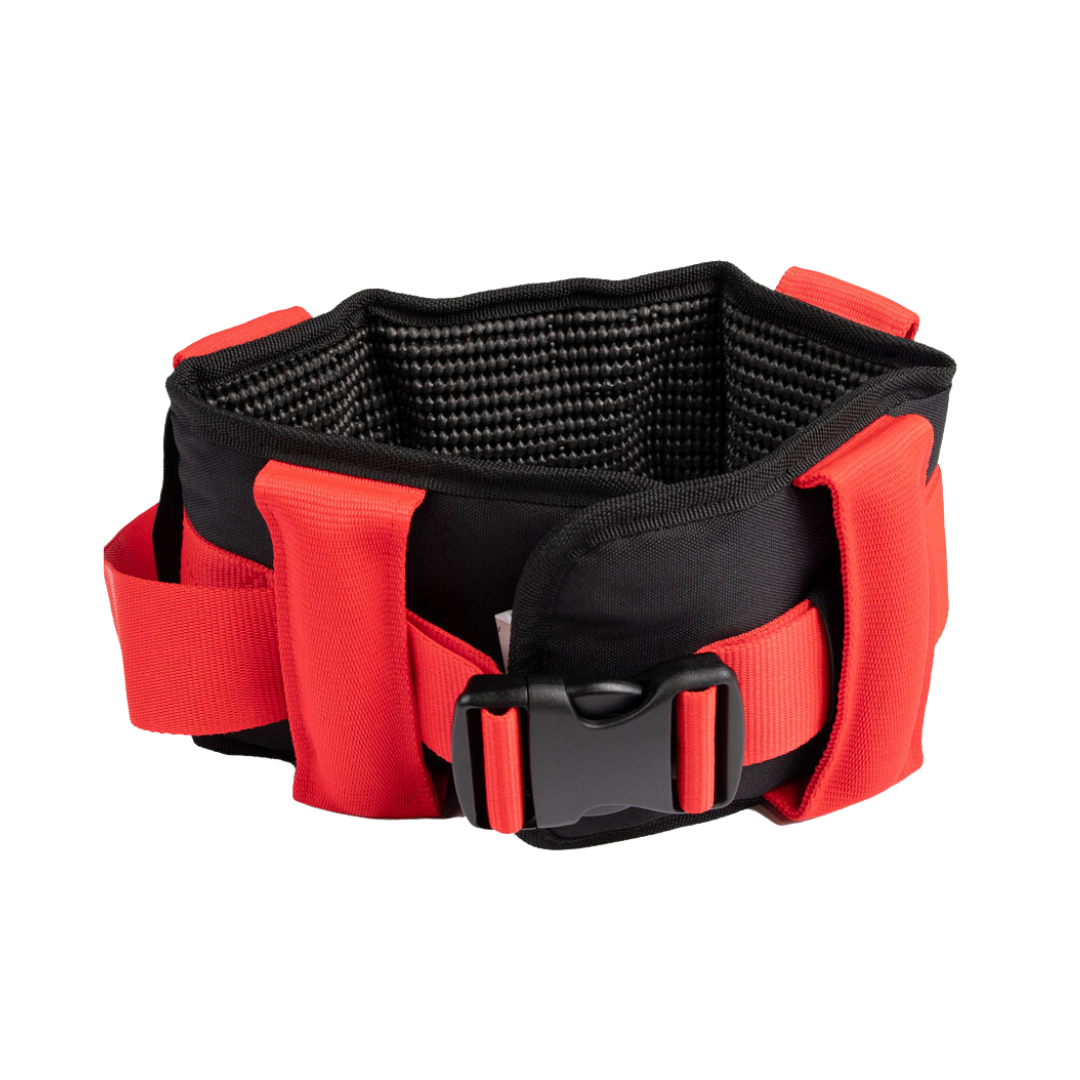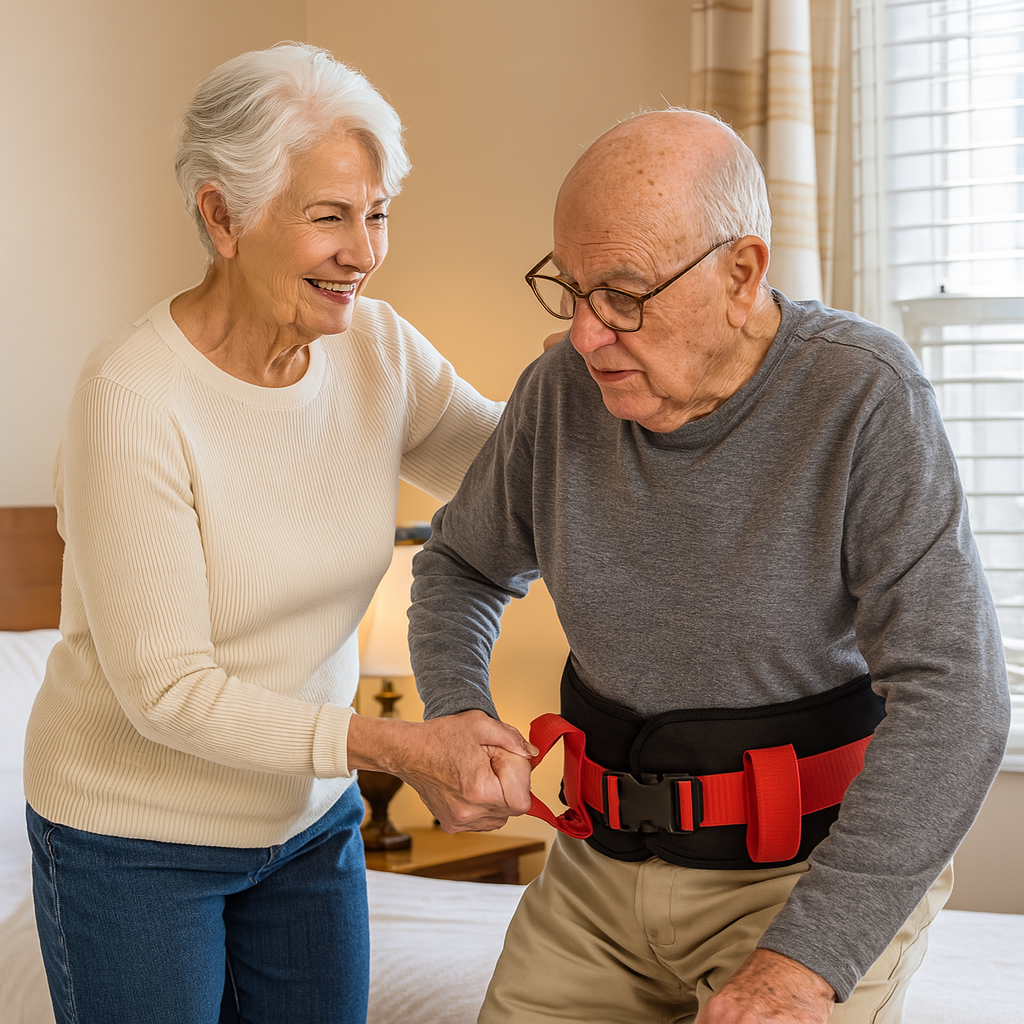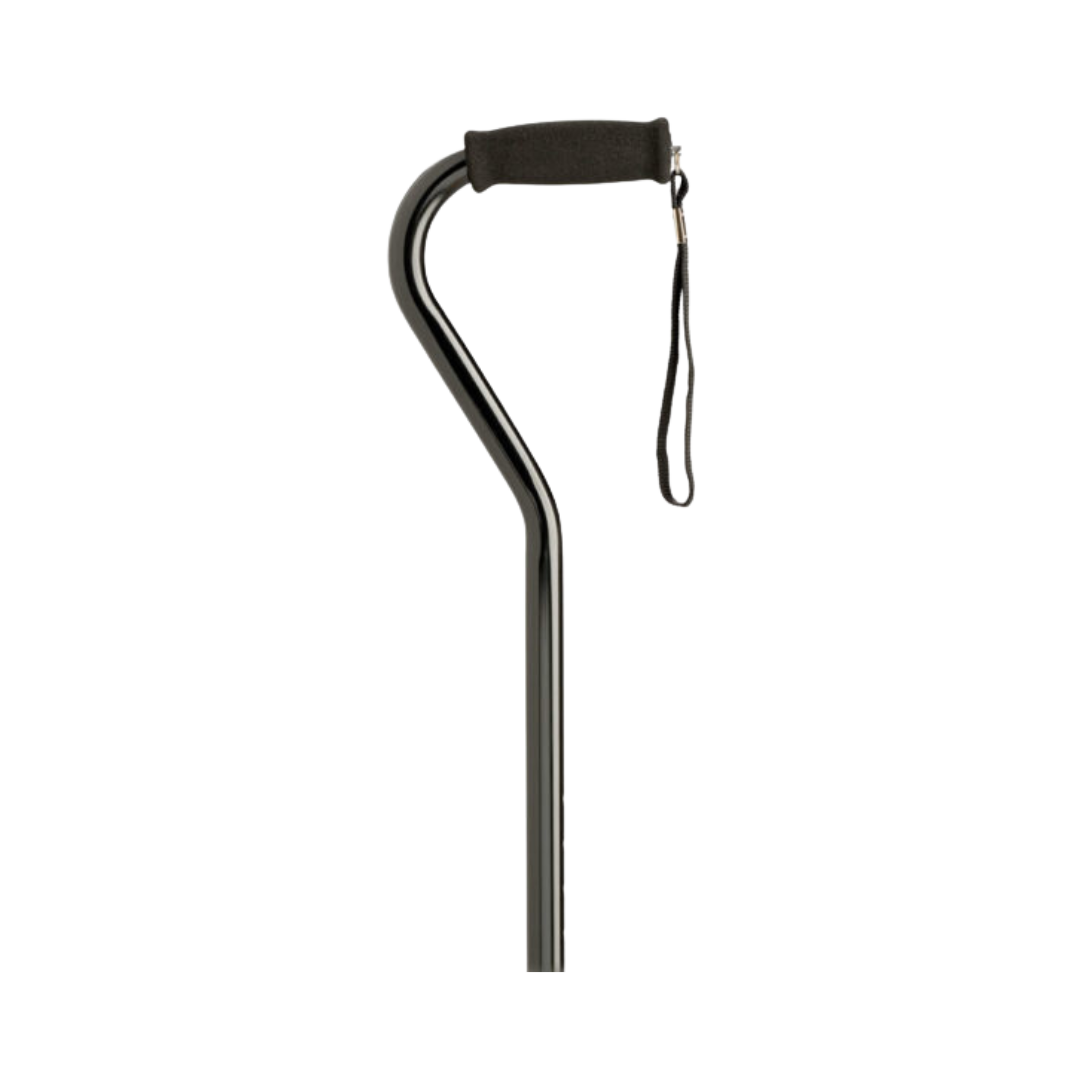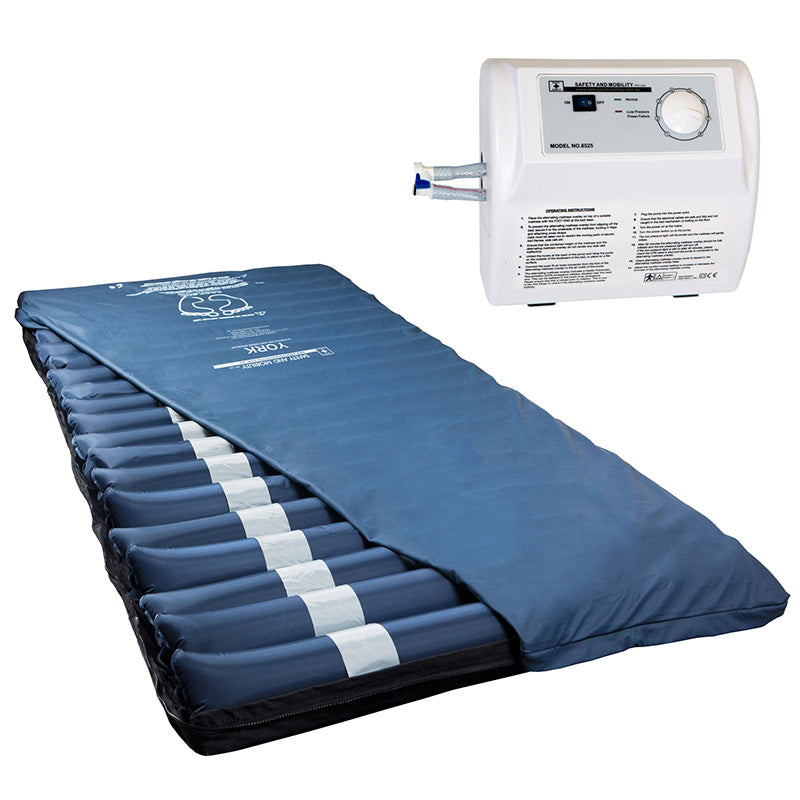Walking Aids for Stability and Independence
Explore walking aids including walking sticks, frames, and canes. Improve mobility for seniors and disabled users with the right support.
Summary
Walking aids are essential tools that assist individuals with limited mobility in maintaining independence and preventing falls. From basic walking sticks to advanced wheeled walkers and zimmer frames, there are a variety of devices available to suit different needs and conditions. This guide breaks down the types of walking aids, their benefits, and how to choose the right one for seniors, people with disabilities, and individuals recovering from injury.
Understanding Walking Aids and Their Benefits
Walking aids are mobility devices designed to support individuals who have difficulty walking due to age, disability, injury or surgery recovery. They provide balance, stability and weight-bearing support, helping users move safely and confidently in their daily activities.According to the Australian Institute of Health and Welfare, over 1 in 4 older Australians report a fall each year, many occurring during walking or transfers¹.
Common benefits include:
- Improved balance and stability
- Reduced risk of falls
- Increased independence in daily tasks
- Pain relief for arthritis and joint issues
From a walking stick to a zimmer frame walker, these aids help users maintain active, independent lifestyles with fewer accidents.
Choosing the Right Walking Aid
When selecting a walking aid, it's essential to match the product with the user’s physical abilities, lifestyle and environment. Here are key considerations:
✔ Assess Physical Needs
- Does the user require support on one or both sides?
- Can they lift a frame or would wheels be better?
- Are there cognitive or visual impairments?
✔ Consider Environment
- Will it be used indoors, outdoors or both?
- Is the floor surface smooth or uneven?
- Is portability important (e.g. foldable walking aids)?
✔ Check Sizing and Weight Limits
Walking aids must be height adjustable and rated for the user’s body weight to ensure proper ergonomics and safety.
✔ Involve a Health Professional
Occupational therapists or physiotherapists can recommend the most appropriate aid and teach proper usage techniques.
Maintaining and Using Walking Aids Safely
To maximise the benefits of a walking aid, regular maintenance and correct usage are essential.
-
Maintenance tips:
- Check rubber tips and wheels regularly for wear
- Ensure frame height is correctly adjusted
- Keep brakes (on wheelie walkers) clean and functional
-
Safe use recommendations:
- Always step close to the frame before walking
- Do not use walkers to pull yourself up from a chair
- On stairs, walking aids should be used cautiously or with supervision
According to the Royal Australian College of General Practitioners, proper instruction in using walking aids can significantly reduce the incidence of falls.
Featured Products
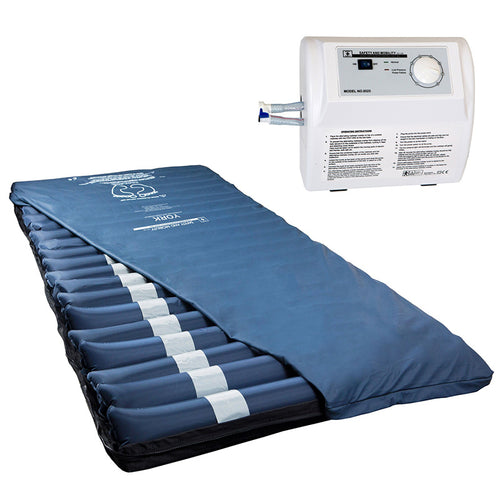
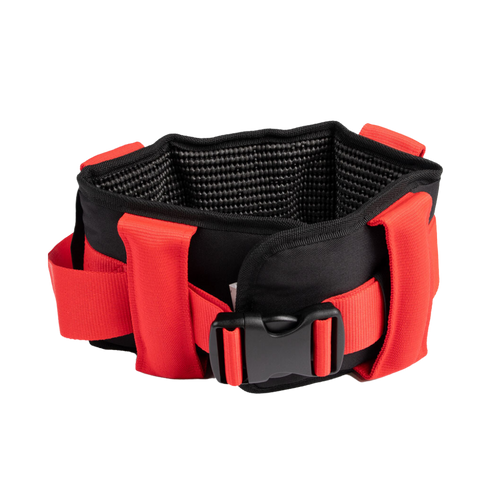
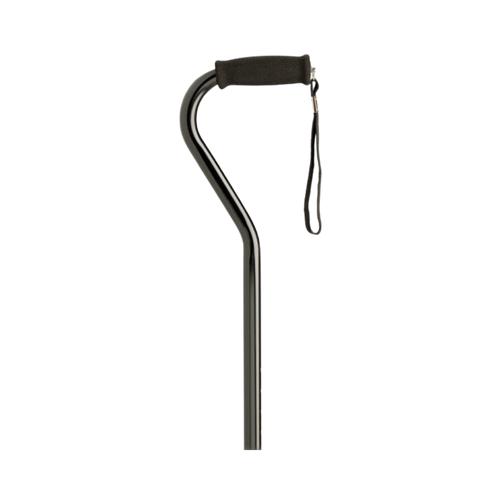
Types of Walking Aids: From Sticks to Frames
Choosing the correct walking aid depends on the user’s level of mobility, strength and balance. Here’s an overview of the most common options:
-
1. Walking Sticks and Canes
These are the simplest form of walking aid and are best for those needing minimal support on one side of the body.Key options:
- Walking stick (classic style, with rubber tip)
- Cane walking stick (ergonomic or adjustable)
- Walking canes (lightweight aluminium or foldable models)
Dual-function options like canes and walking sticks offer added stability and wrist comfort.
-
2. Walking Frames
For those needing greater stability, walking frames offer full body support and are often used during rehabilitation or for permanent use by frail individuals.Types include:
- Standard walking frame (no wheels, lifted for each step)
- Walking frame on wheels (two or four wheels for easier movement)
- Wheels for walking frame (customise your frame’s mobility)
Tip: Consider adding accessories like bags, brakes or seats to increase comfort and utility.
-
3. Zimmer Frames and Wheelie Walkers
Zimmer frames and wheelie walkers provide even more stability with features like seats, hand brakes and storage baskets.Suitable for:
- Senior walkers
- Walkers for elderly people
- Walker for old people
- Walkers elderly
Zimmer frames can come with fixed or adjustable wheels (zimmer frame wheels) for smooth operation on different surfaces.
Conclusion
Walking aids play a vital role in preserving independence and enhancing quality of life for seniors, people with disabilities and anyone recovering from injury. From a basic walking stick to a feature-rich zimmer frame walker, there’s a mobility solution for every need.By choosing the right aid and using it correctly, individuals can maintain their daily routines with confidence, dignity and improved safety.
Looking for a trusted walking aid to support your mobility?
Browse our wide range of walking sticks, frames, and walkers—designed for safety, comfort, and Australian living.
📞 Call 1300 615 193 or order online at our website.
